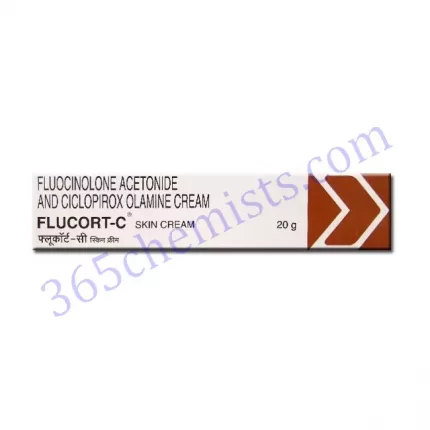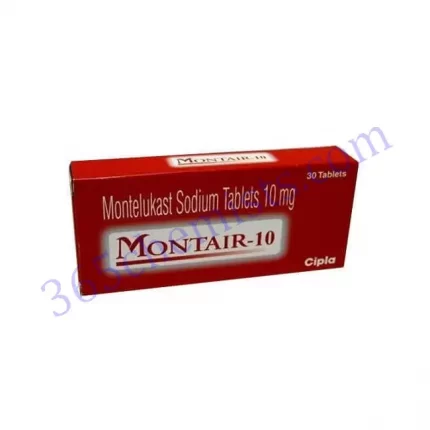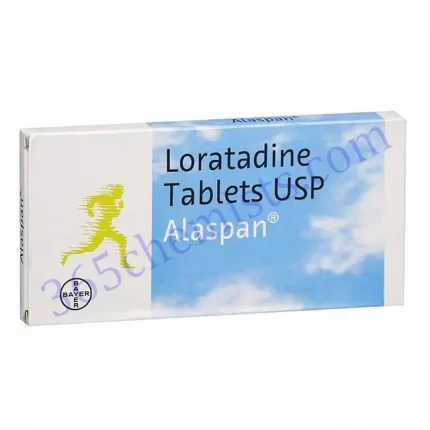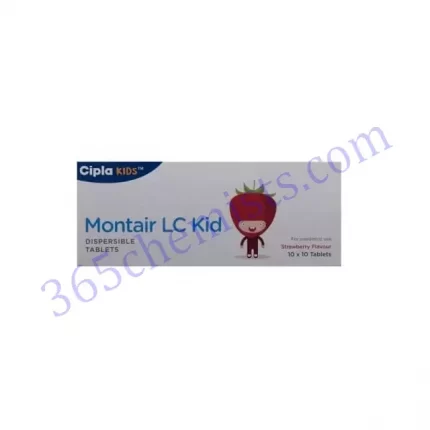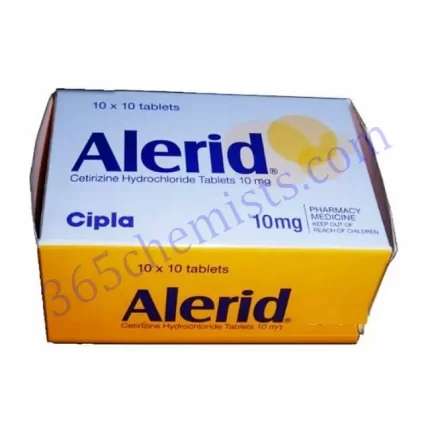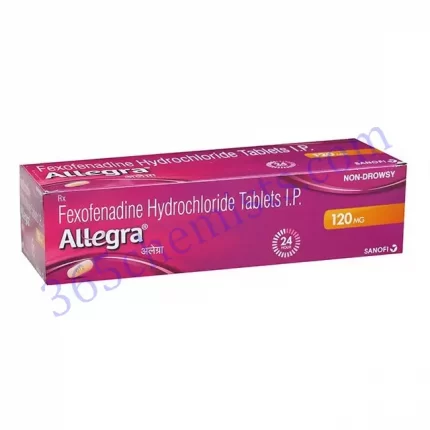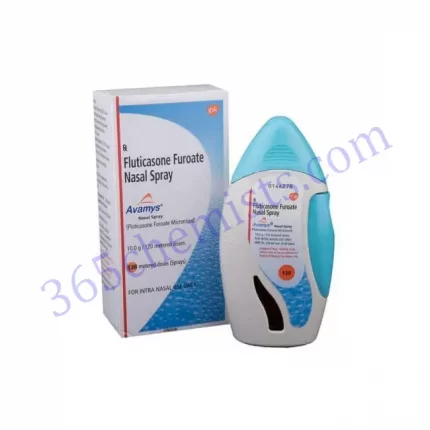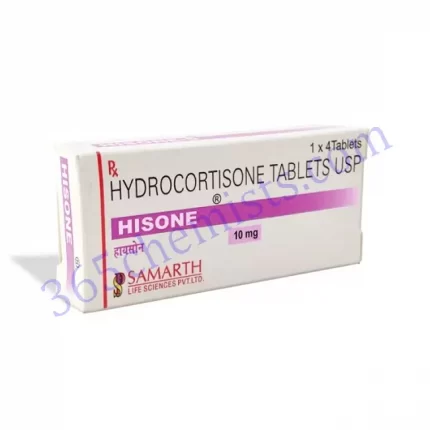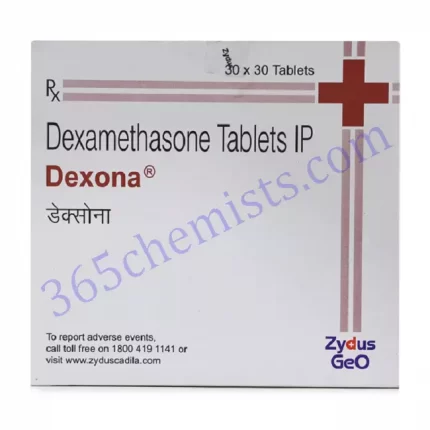Introduction to Flucort Skin Cream
The topical treatment Flucort Skin Cream contains the active component fluocinolone acetonide. It is generally used to treat a variety of skin problems, such as allergic responses, eczema, psoriasis, dermatitis, and others. This ointment relieves itchiness, redness, and swelling by lowering inflammation and suppressing the immunological response in the afflicted area.
How to Use Flucort Skin Cream
- Check that the afflicted region is clean and dry before applying Flucort Skin Cream. With a soft towel, gently dry the region after washing it with a moderate soap and warm water.
- Apply Thin Layer: Apply a thin layer of Flucort Skin Cream to the affected region using a tiny amount of the cream. Till it is completely absorbed, gently massage the cream into the skin. Avoid using too much cream because doing so could make negative effects more likely.
- Application Frequency: Depending on the severity of the condition and the advice of your healthcare provider, application frequency may change. Flucort Skin Cream is typically administered two to four times each day. Observe the directions on the product label or those offered by your healthcare provider.
- Use Flucort Skin Cream as instructed by your healthcare provider for the duration suggested. Never use it for longer than is advised because doing so raises your risk of experiencing negative effects. Consult a medical expert for more advice if your symptoms intensify or continue to persist.
Precautions and Safety Guidelines
- Flucort Skin Cream is only intended for external use; avoid contact with eyes. Avoid getting any of it in your mouth, eyes, or other mucous membranes. If inadvertent contact occurs, thoroughly rinse with water.
- Flucort Skin Cream should not be used on damaged or infected skin, open wounds, or locations where there are active bacterial, viral, or fungal infections. If such a situation arises, speak with a healthcare expert about alternate treatments.
- Allergic Reactions: Stop using Flucort Skin Cream right away if you notice any symptoms of an allergic response, including a rash, itching, swelling, or trouble breathing.
- Interactions with Other Medications: Be sure to let your doctor know about all of your current prescription and over-the-counter medications, as well as any herbal supplements you may be taking. Flucort Skin Cream may interact with some medicines, reducing its efficacy or raising the possibility of negative side effects.
- Consult your healthcare provider prior to using Flucort Skin Cream if you are pregnant, trying to get pregnant, or are nursing a baby. They will weigh the benefits and potential hazards to decide whether it is safe to use at these times.
Possible Side Effects
Flucort Skin Cream can have negative effects on some people, just like any drug. Skin irritability, burning, itching, redness, or dryness at the application site are typical adverse reactions. Typically, these adverse effects are minor and transient. However, stop using immediately and seek medical advice if you encounter serious or persistent negative effects.
Dosage
Flucort N Cream
Flucort Skin Cream
FLUCORT SKIN LOTION
Flucort H Cream
Flucort C Cream
Storage and Disposal
Storage: Keep Flucort Skin Cream out of the reach of children and in a cool, dry location away from direct sunlight. Avoid freezing the cream. For detailed storage recommendations, see the product label or speak with your chemist.
Flucort Skin Cream should be disposed of in accordance with local laws and regulations. Unless specifically told to do so, avoid flushing it down the toilet or pouring it into drains. Consult your chemist or the local waste management organisation for advice on how to properly dispose of any cream that is leftover or has expired.
Important Tips for Using Flucort Skin Cream
- When using Flucort Skin Cream, always go by the directions on the product label or those given to you by your healthcare provider. To get the best results and reduce the risk of adverse effects, apply the appropriate amount and number of times.
- Avoid Sudden Stopping: If you have been taking Flucort Skin Cream for a long time, do not stop using it suddenly without first visiting a healthcare provider. To avoid a rebound effect or withdrawal symptoms, they can advise reducing the cream’s frequency or potency gradually.
- Follow the Treatment Schedule: Even if your symptoms become better, continue using Skin Cream for the full recommended time. Prematurely stopping the cream could cause the illness to recur or get worse. Talk to your healthcare provider if you have any questions or concerns about the length of the treatment.
- Avoid Sun Exposure: While using Skin Cream, limit your time in the sun and shield the areas you’ve had treated from too much sunshine. Your skin’s sensitivity to sunlight may increase due to the cream’s active ingredient, raising your risk of sunburn or skin injury. When outdoors, wear protective gear and sunscreen.
- Inform Your Healthcare Professional: Be sure to let your healthcare provider know if you suffer from diabetes, immunological diseases, or skin thinning. When recommending Flucort Skin Cream, they will take these considerations into account and carefully track your progress.
Conclusion
A topical drug called Flucort Skin Cream relieves a variety of skin disorders by lowering inflammation and stifling the immune system. For proper usage and application, heed your healthcare provider’s or the product label’s directions. Take care to keep your distance from broken or infected skin and your eyes. Discuss the usage of Flucort Skin Cream if you are pregnant or nursing with your healthcare provider and make sure they are aware of any current drugs you are taking. Consult a healthcare practitioner if you have any negative reactions or questions about its use.




